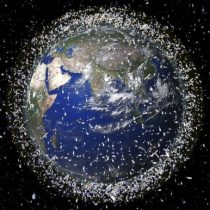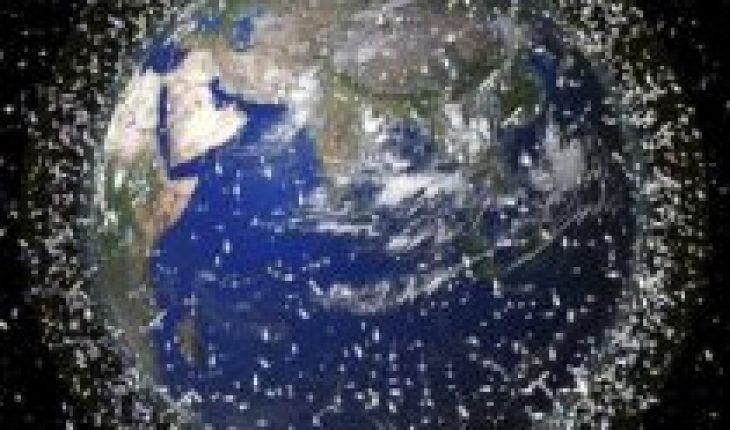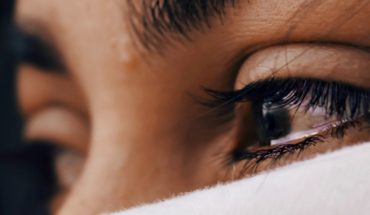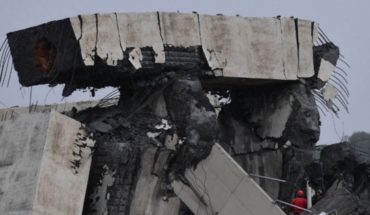
Winner of 7 academy awards, Gravity recounts how a medical engineer and an astronaut are left alone in space with no connection to Earth, due to the destruction of their spacecraft. Released in 2013 today it becomes a reality: space debris hit the International Space Station (ISS), although they did not generate personal injury as in the film, if they affected its structure. The garbage generated by humans is no longer just a terrestrial problem, it surpassed science fiction a while ago and is today, a big problem that agencies are trying to solve.
The affected structure corresponds to a robotic arm of Canadarm2, which is part of Canada’s contribution to the Station. It performs maintenance, movement of supplies, equipment and even astronauts, and vehicle support, anchoring them to the ISS. Canadarm2 has been a fixture on the space station since 2001, that is, for 20 years. According to the official website of the Government of Canada, preliminary analyses have shown that the functionality of the robotic arm has not been affected, will it be saved with a second blow perhaps from a larger object traveling at more than 28,000 km/h?
To this growing number of elements, we must add the explosive increase of satellites orbiting the Earth, which not only affect the space level, but also produce significant difficulties for those of us who study space. Elon Musk, the tycoon who owns Space X and Tesla, is carrying out the Starlink project that has already put 1,500 satellites into orbit, and predicts it will be 12,000 by the middle of this decade, which will clearly interfere with scientific observations and render most ground-based telescopes useless. Another billionaire, Jeff Bezos, plans to send some 3,000 satellites for the same purpose: to commercially exploit the sky.
While it is true that space debris is constantly monitored to prevent significant damage to orbital satellites, many of these are so small that they are difficult to track in time. It seems that accidents will increase as time goes on. A year ago, the ISS had to perform emergency maneuvers to avoid collisions, NASA said in a statement. The European Space Agency (ESA) was also at risk of collision with the scientific observation satellite Aeolus.
Episodes that reopen the debate on space management and how to jointly address some connectivity needs that do not affect the development of Astronomy, which has in the large observatories, located mainly in the north of Chile, the hope of solving two of the greatest open questions in contemporary physics, the nature of matter and dark energy. If we also add to this the progressive increase in light pollution that we contribute from the Earth itself, we are as Didier Queloz, Nobel Prize winner in Physics, pointed out, in front of the “beginning of the end of the night”.
The content of this opinion column is the sole responsibility of its author, and does not necessarily reflect the editorial line or position of El Mostrador.





